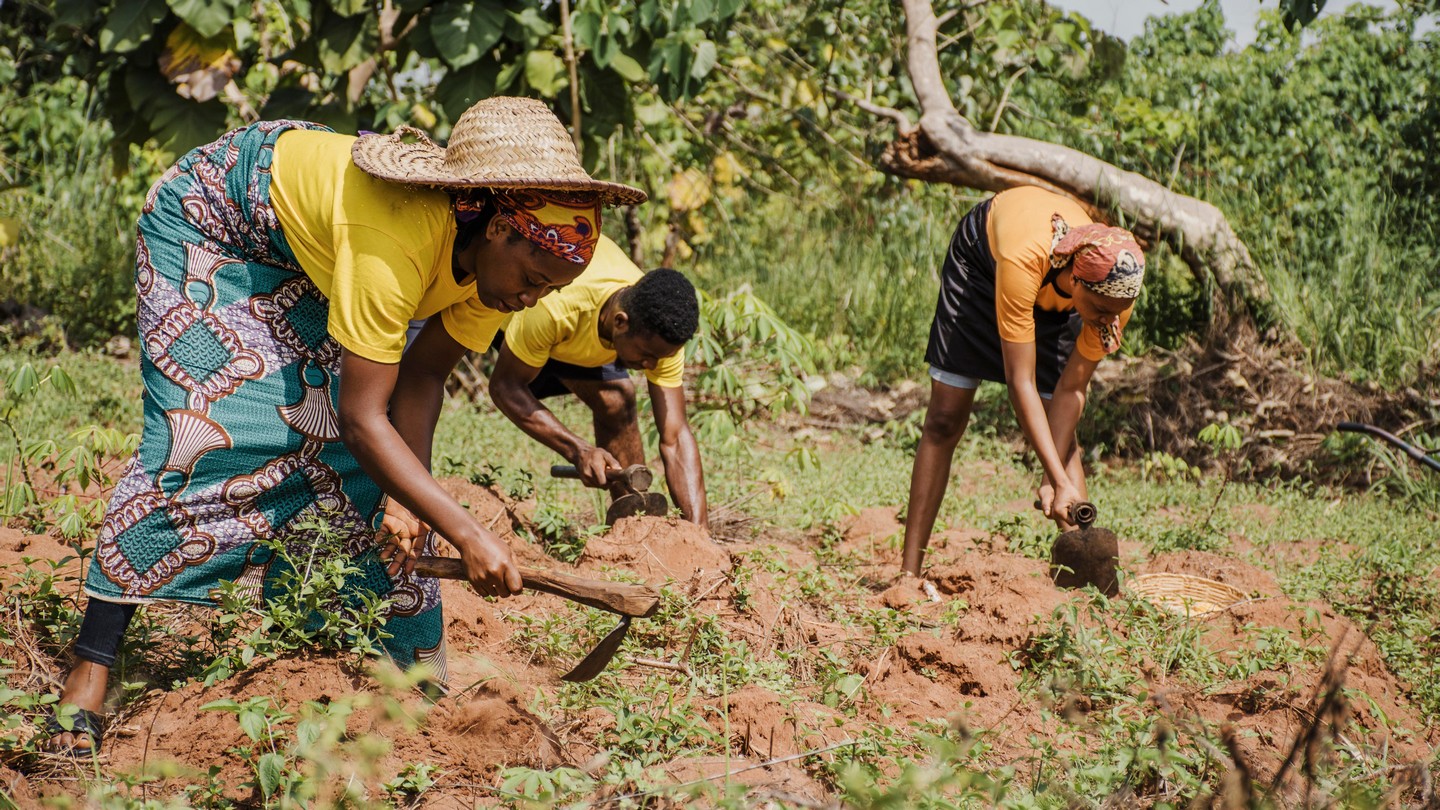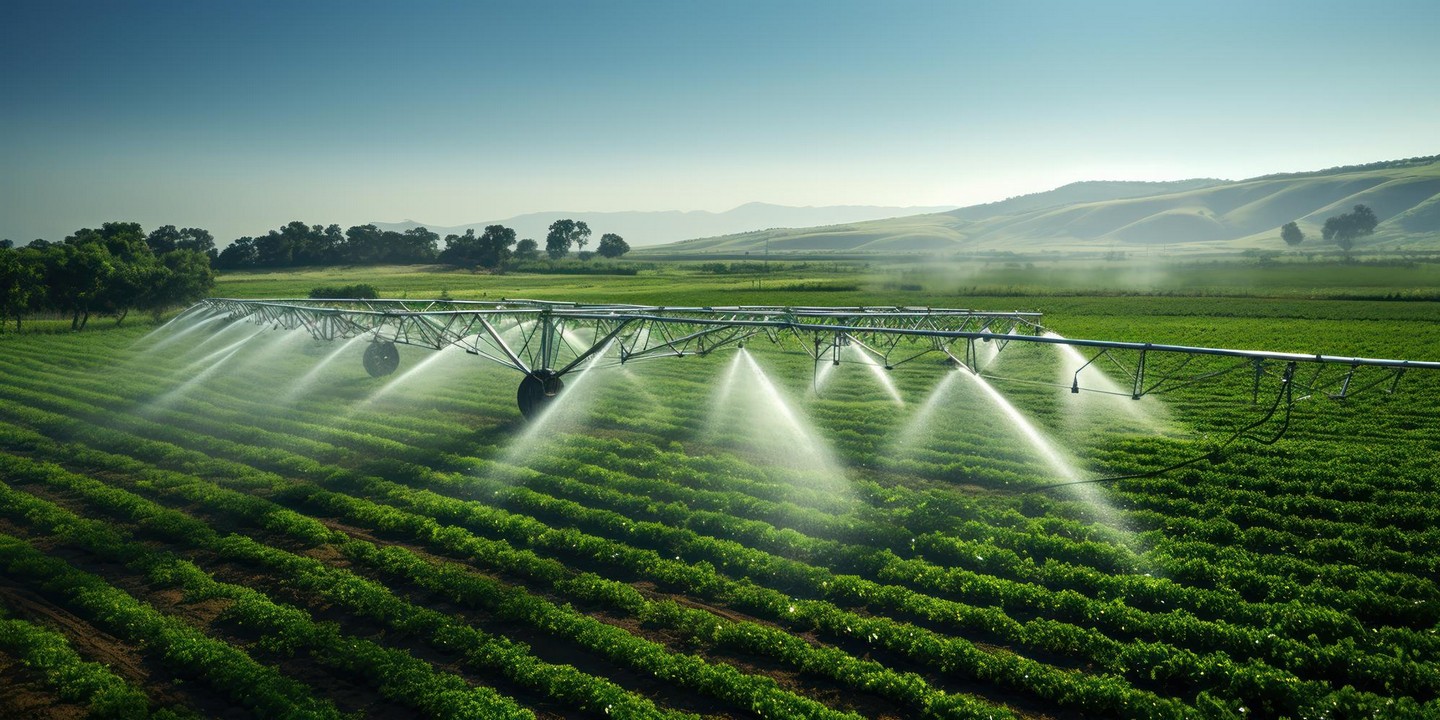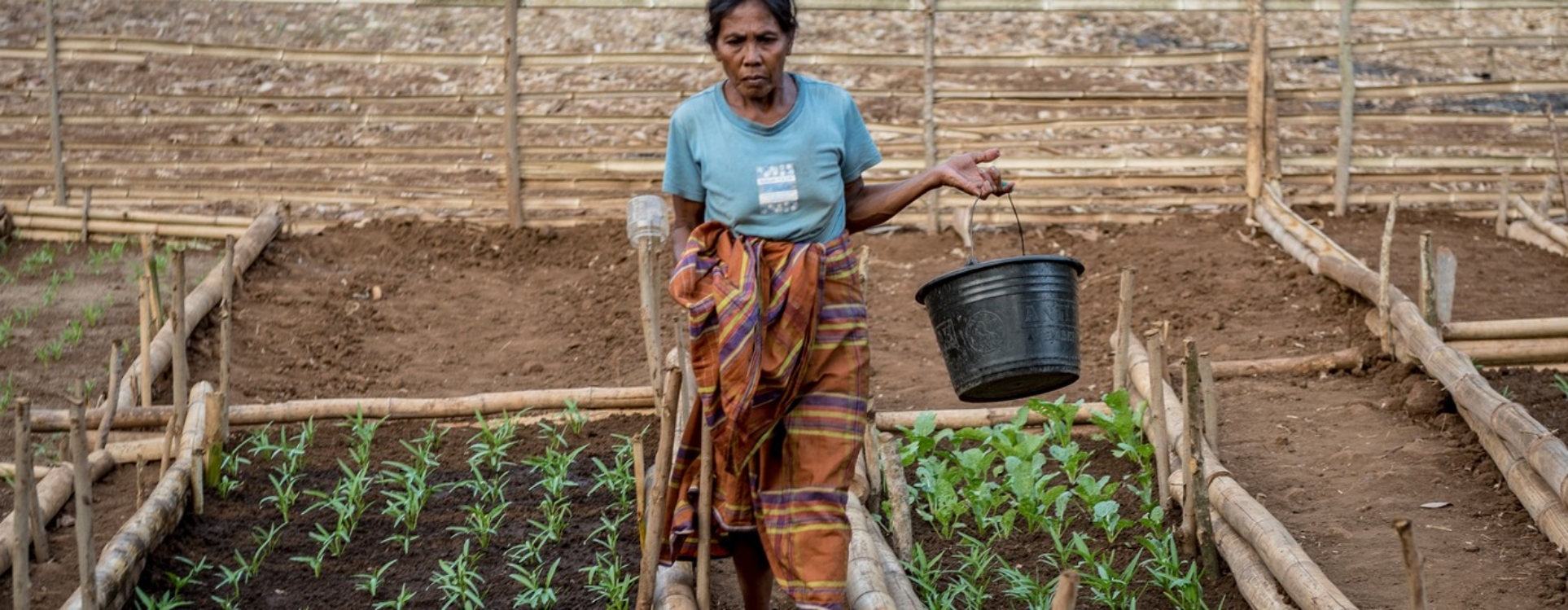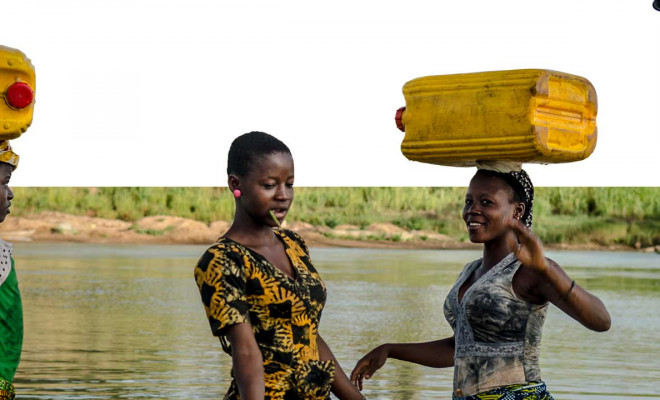There is water for everyone, but it is not abundant. The overexploitation of water resources, whether for survival or to maximize economic productivity, is a universal problem. In the context of accelerated climate change, achieving a balance between use and conservation has become a priority. Increasingly, hydrologists warn that efficient water management is crucial and could determine the future of our lands and communities.

In poor rural areas, where agricultural productivity is vital for survival, increasing water use efficiency must focus on fostering resilience to droughts. © Dominic Chavez/World Bank
The Efficiency Paradox
In 1865, British economist William Stanley Jevons published The Coal Question during the dawn of the Second Industrial Revolution. He explained how improved coal efficiency did not reduce its overall consumption but increased it: making coal cheaper spurred its use across more applications and industries, leading to greater consumption.
Since the proliferation of droughts in recent decades, hydrologists working in arid lands have consistently warned that Jevons’ Paradox—also known as the “efficiency paradox”—applies to water use in agriculture. Advances in sustainable technologies, such as renewable energy or more efficient irrigation systems, have often led to increased water consumption rather than reductions.
The paradox arises when more is produced with less water. Economically, this translates to obtaining more value from available water resources or increasing the “productivity” of water. While these improvements are key to reducing consumption, in practice, they often result in higher water extraction, exacerbating water stress in vulnerable areas.
Access to technological solutions for achieving efficiency is also a human right. Bridging the technological gap between wealthy and emerging nations is one of the goals of financial support agreements reached during COP 29. However, discussions in Baku focused more on the amount of funding available and how to structure investments, leaving the definition of priority technologies and infrastructures for economically vulnerable countries in the background.
In subsistence agriculture, solutions often include better monitoring of water bodies, extraction capacity, and irrigation efficiency. However, sustainability criteria require more than technological advances: they demand proper planning, strong management capacities, and often regulatory frameworks that balance individual and collective interests.
Hydrologists emphasize the need to avoid the efficiency paradox, particularly in regions with limited water resources. Recent history provides key lessons that cannot be ignored.
Two Worlds, Two Manifestations of the Efficiency Paradox
Drylands, which account for approximately 41% of the Earth’s surface and are home to more than 2.5 billion people, represent the most water-stressed regions globally. However, water use in these regions varies greatly, influencing how the efficiency paradox manifests in each context. Agricultural structure plays a key role in understanding these differences.
1- The Pressure of Intensive Agriculture
In developed countries, efficiency in water detection and extraction has advanced significantly. For instance, artificial intelligence-based tools enable mapping groundwater-dependent ecosystems (GDEs), which are critical for determining pasture quality and agricultural productivity. However, these technologies are also used to expand agricultural operations, intensifying water use.
In these economies, where investments aim to maximize productivity, irrigation efficiency frequently triggers unintended effects. If modern techniques save water but those savings are reinvested to expand crops, total consumption may remain the same or even increase, worsening water stress.
Paradigmatic cases of these practices include the southwestern United States, where intensive groundwater exploitation in areas such as California’s Central Valley and the Colorado River Basin has depleted key aquifers. In Spain, another industrialized country with high water stress, the effects of this paradox are evident in the degradation of emblematic wetlands like the Mar Menor and Doñana, as well as in some olive groves in Jaén, raising alarms among scientists and European authorities.
2- Poorly Planned Subsistence Agriculture
Poor governmental planning has also driven the efficiency paradox, particularly in the poorest countries. For example, agriculture depends directly on ecosystems in regions such as the Sahel. Intense rains in the 1970s encouraged agricultural and pastoral expansion beyond sustainable limits. This overuse degraded local ecosystems, and when droughts returned in 1984-1985, the economic and social losses were devastating.
A similar situation is evident in Ethiopia and the Horn of Africa, where efforts to intensify agricultural production without considering ecosystem resilience have led to periodic crises akin to those in the Sahel.
Regulatory Frameworks and Empowerment of Small Communities
In industrialized countries, where intensive agriculture is driven by economic incentives, a systemic vision is needed to balance exploitation and conservation. Hydrologists and climatologists advocate achieving Land Degradation Neutrality (LDN) through effective regulatory frameworks. This topic is traditionally uncomfortable because it inevitably leads to the creation of regulations, which often generate controversy.
In poor rural areas, where agricultural productivity is vital for survival, increasing water use efficiency must focus on fostering resilience to droughts. Here, communities’ direct contact with their resources facilitates more sustainable management.

In industrialized countries, where intensive agriculture is driven by economic incentives, a systemic vision is needed to balance exploitation and conservation. © Freepick
Our water access projects, such as those in Tanzanian villages or Ugandan refugee camps, demonstrate that building management and maintenance capacity for surface and groundwater resources encourages community ownership of any infrastructure or technology. Moreover, knowledge transmission about the water cycle is the best guarantee to avoid overexploitation: water bodies are cared for and protected, and the entire community understands and experiences the origin and value of the resource that provides them with food and health.
Addressing the efficiency paradox requires a holistic approach that integrates technological advances, sustainable planning, and community empowerment. Only then can we overcome the tension between progress and sustainability—one of the greatest challenges of our time.





